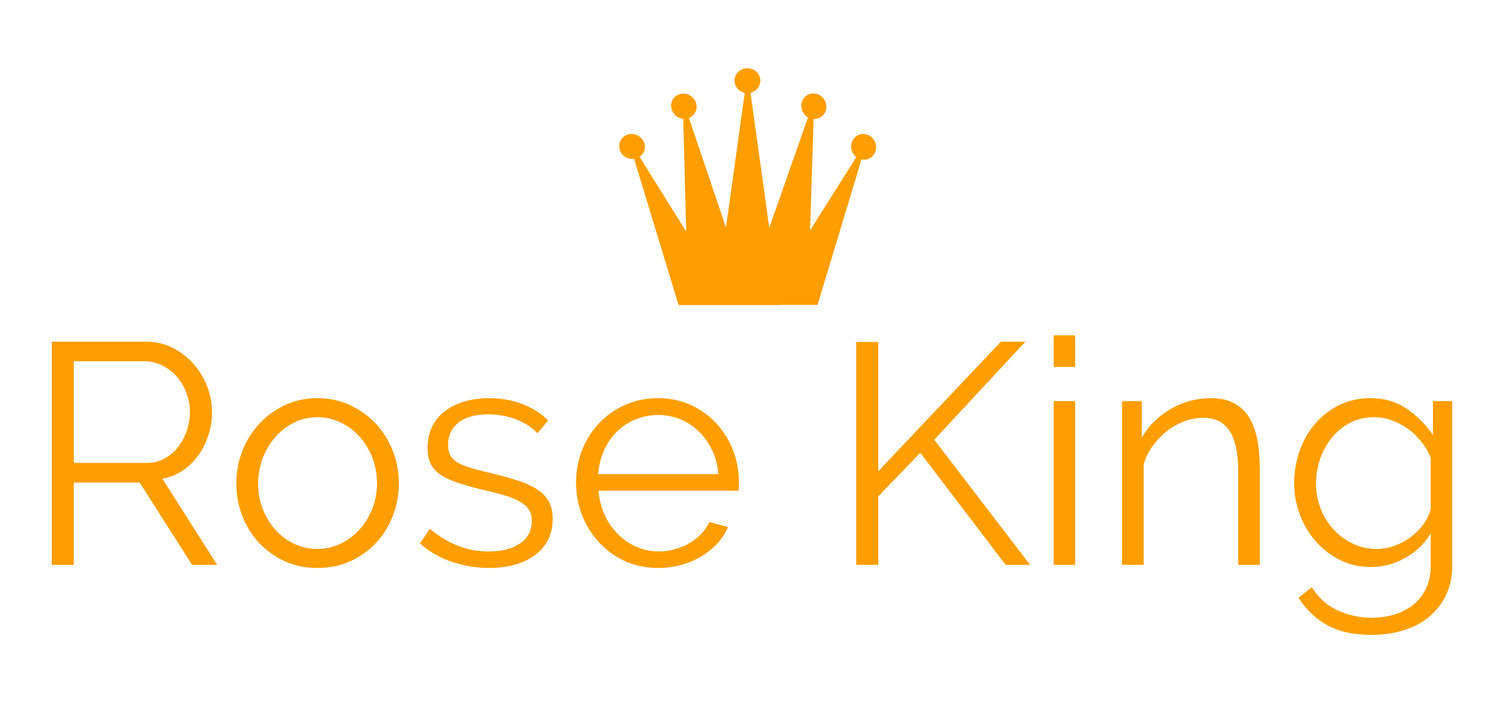How many times have you sat in a dim meeting room only to be bombarded by an endless slide deck? Or attended a conference where speakers made a point of reading every bullet?
Don’t use slides as a reminder of what comes next (as in, ‘Oh yeah — the slide w/ the stars. That’s my cue to talk about space’). Instead figure out what you want to say, then build your slide deck. [Photo credit: Kyle Wong]
Death by PowerPoint is, sadly, all too common. But it doesn’t have to be that way.
As a speechwriter and speech coach for nearly 15 years, I’ve sat through hundreds of talks. Here are the three most common mistakes when it comes to slides and, even better, how you can avoid making them.
Common Mistake # 1: No Go
The Scenario: You watch a speaker walk onto the stage. He hits the clicker but it won’t advance the slides. Then the screen goes black. Someone (the IT guy?) walks onto the stage and fiddles with something on the podium. Meanwhile, the speaker becomes increasingly uncomfortable. He tries a joke or two, but it’s too late. People around you start to talk among themselves.
The Message It Sends: When AV fails, it tells the audience that the speaker doesn’t care about them. He didn’t take the 5 minutes required to test it out in advance.
The Solution: Show up early and make sure your slides will work. I’ve seen instances (especially going from a MAC to PC) where the font sizes become too small or images become blurry. If you can’t show up early (and if the slides aren’t confidential), email your deck to the event organizers. Like you, they desperately want to avoid the appearance that this is “amateur hour.”
Bonus Tip: Always carry a backup copy of your slides on a thumb drive or email them to yourself, so you’ll have them handy in a pinch.
Common Mistake #2: Info Overload
The Scenario: The speaker is an expert. You’re excited to hear what she has to say, but things immediately get technical – and the slides don’t help. In fact, they confuse the issue because they’re impossible to decipher. One slide shows the world’s most complicated wiring diagram. Another has an x- and y-axis with font so small it looks like Japanese rather than English. Either way, it doesn’t matter. The slides will be available later, so you pick up your phone to check email until this speaker is done.
The Message It Sends: The speaker doesn’t know how to translate this visual story for the audience. As a result, she has included way too much information on the slides. It’s not easy to translate data or stats — agreed — but the alternative of overwhelming your audience isn’t an option.
The Solution: Don’t try to tell the whole story in a single slide. Keep it simple. Breaking down your story into manageable chunks and walk the audience through a broader, more meaningful narrative. In other words, bridge the gap between what you’re saying and what (you hope!) the audience is hearing. You can check this by practicing in front of someone with roughly the same level of knowledge that your audience will likely have.
Bonus Tip: Check out this TED Talk by Hans Rosling, a Swedish physician and professor of International Health. He offers a great example of how to translate complex data on global health and economic trends in a way we all can understand.
Common Mistake #3: Too Many Slides
The Scenario: It’s only two minutes into the presentation but you’ve already seen 25 slides. Every point the speaker makes is captured in a list of bullet points, a heartwarming image, or a funny video. Rather than focusing on the material, your mind wanders. You ask yourself how many more slides will she race through in the next 20 minutes?
The Message It Sends: The speaker doesn’t know her material well enough. She may also be using PowerPoint as a reminder of what she needs to cover next. (Oh, it’s the slide w/ the night sky. That’s my cue to talk about space.)
The Solution: Figure out what you want to say first, then build your slide deck. That will prevent you from upstaging yourself and relying too heavily on slides. Resist the urge to “throw in” that amazing pie chart because it’s just so good.
Bonus Tip: I don’t have a good rule of thumb for how many slides you should use in say, a 20-minute presentation. What can be helpful, however, is thinking about AV as a tool to underscore your key points. Don’t upstage yourself. Slides should be an exclamation mark to what you say, not a script to keep you on track.
Looking for more guidance on using slides effectively? Here are some more tips and examples from TED Talks. Thanks & reach out anytime. – Rose at rose@rosespeechwriter.com.

![Don’t use slides as a reminder of what comes next (as in, ‘Oh yeah — the slide w/ the stars. That’s my cue to talk about space’). Instead figure out what you want to say, then build your slide deck. [Photo credit: Kyle Wong]](https://images.squarespace-cdn.com/content/v1/56b15eefb6aa6091b8ce7fc2/1558381268679-QWKDWRJCWN47G45686C9/kyle-wong-146260-unsplash.jpg)